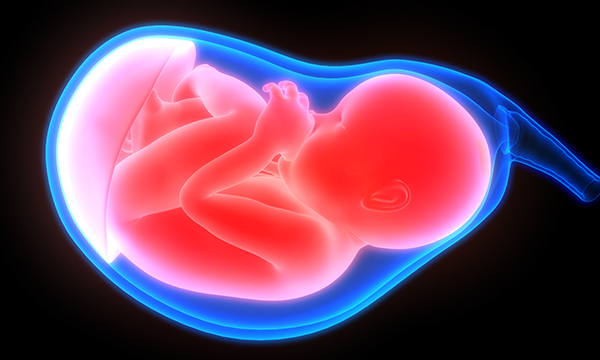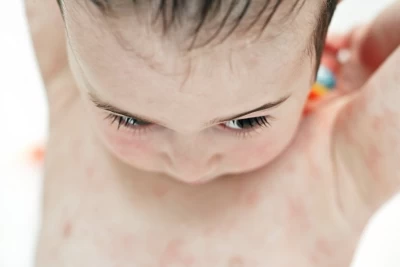Biological basis of child health 2: introduction to fertilisation, prenatal development and birth

Resource
Exclusive quality-assured learning resource
Online

Available to RCNi Plus subscribers
Applicable for any nurse with an RCNi subscription
This article is the second in a series called the biological basis of child health. It considers the period of development from fertilisation to birth, outlining the three stages of prenatal development – the germinal, embryonic and fetal stages. The article details how tissues and organs typically develop at each stage, and explains how and when deviations in development and congenital anomalies are likely to occur. It also describes some of the common congenital anomalies, their potential effects and their detection before or after birth. Information is also provided about the delivery of full-term infants, including the stages of labour.
Who is this resource for?
This resource is aimed at nurses and nursing support workers across all settings and levels of practice, including students of health, social work and care professions.

 ;
;